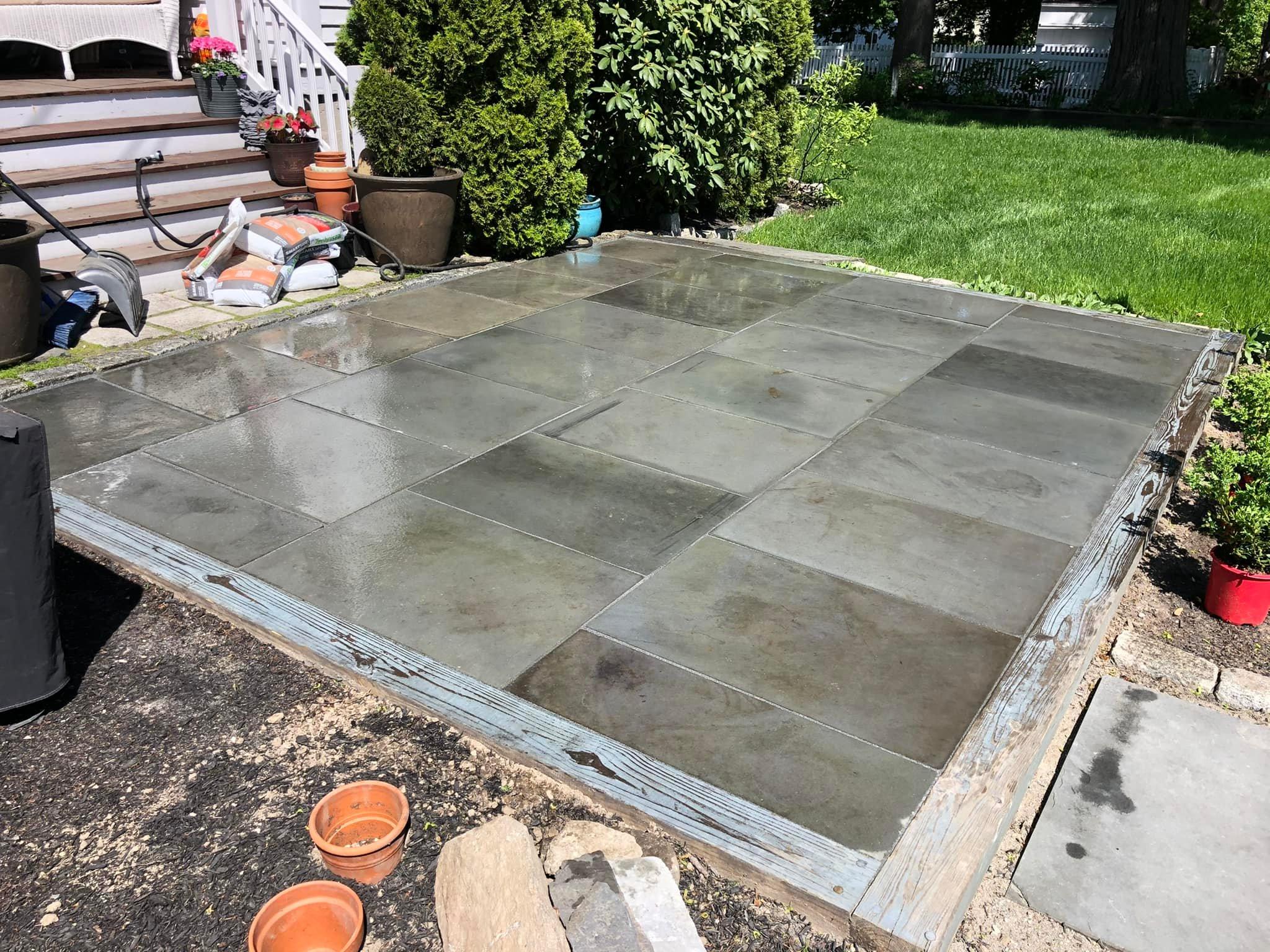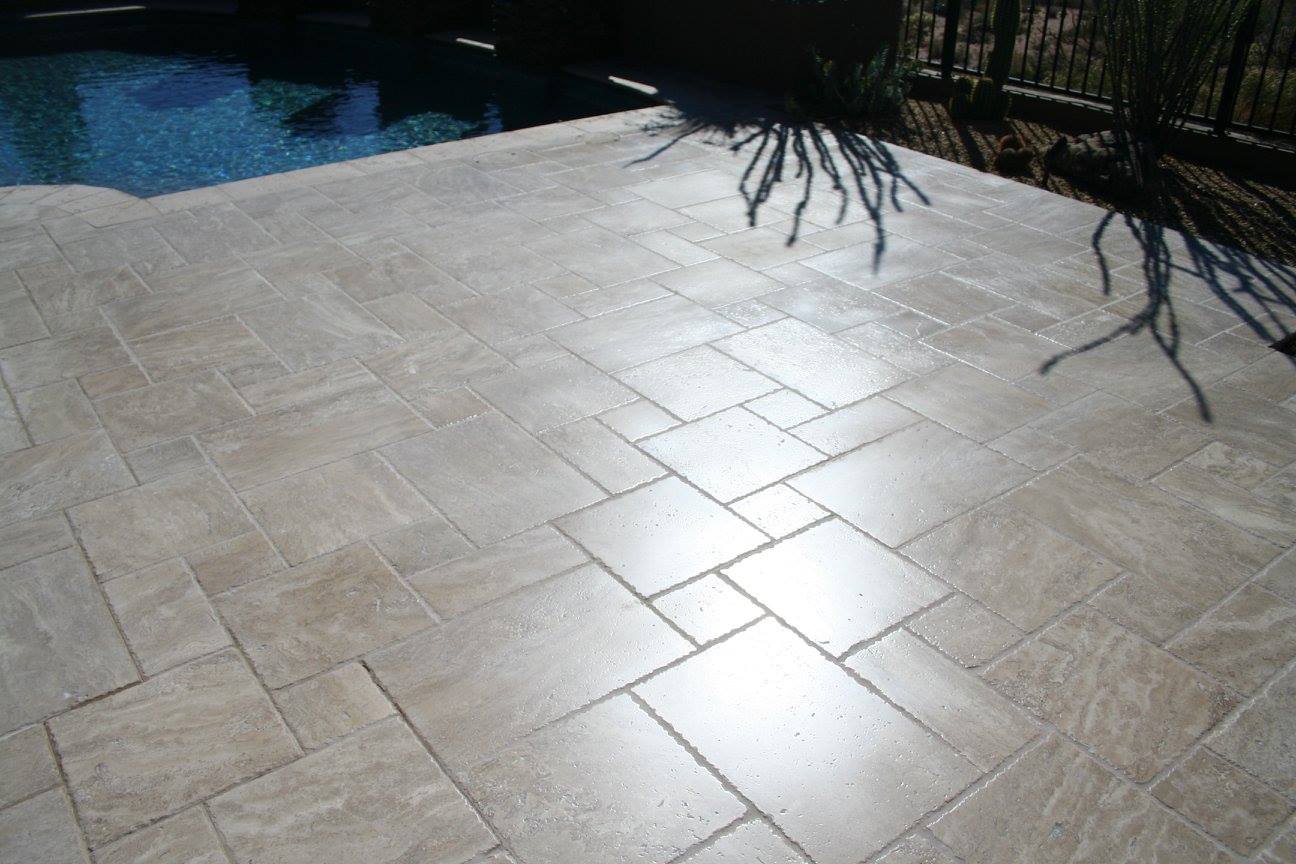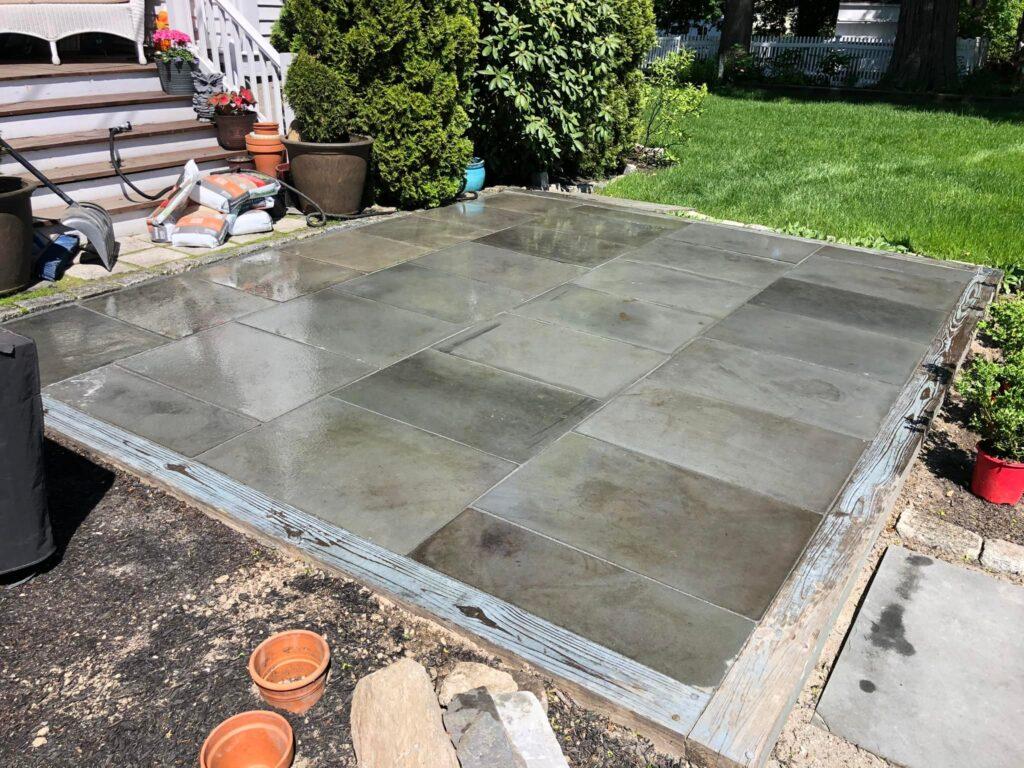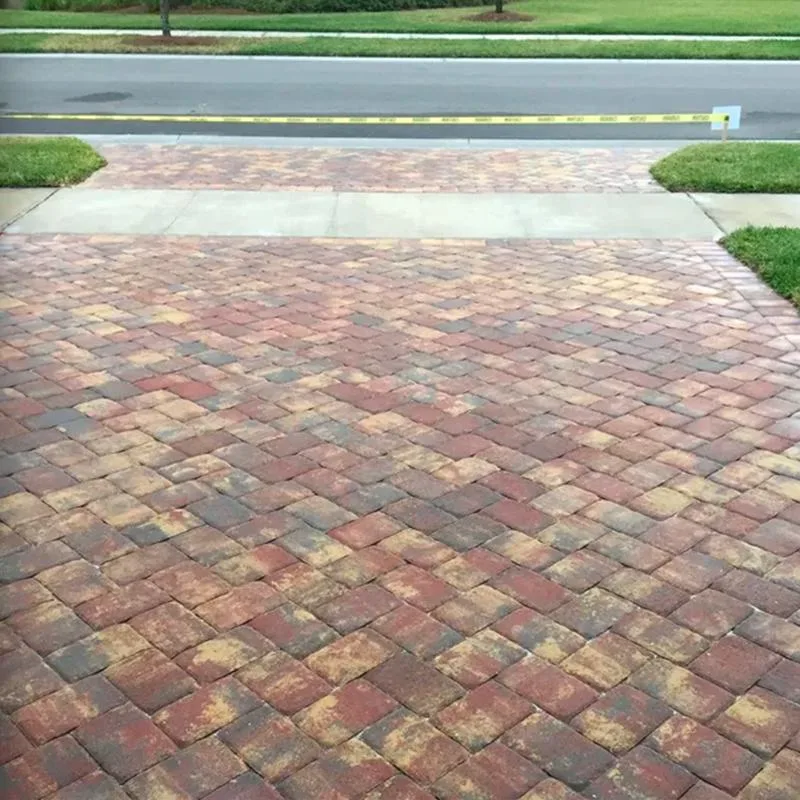Get Ready for Spring Cleaning and Sealing Concrete Paver- Tips and Tricks to Make It Easier
Are you getting ready for a thorough spring cleaning in preparation for summer? You probably have already started to plan out your deep clean of your home, but what about taking care of the concrete surfaces around your house? Spring is the perfect time to tackle maintenance on outdoor concrete surfaces like driveways, patios, and pool decks. Sealing concrete paver can preserve their integrity over time and prevent staining caused by salt and snow during winter months. Read this blog post for some easy tips and tricks on how to get started with sealing and freshening up concrete surfaces around your home this spring!
Understand the importance of spring cleaning and sealing your concrete surfaces
Spring is a time of renewal, growth, and cleaning. As the snow melts away and the flowers begin to bloom, it’s the perfect opportunity to tackle those long-neglected tasks around the house. One of the most important things you can do during your spring cleaning is to seal your concrete surfaces. Doing so can protect your driveways, sidewalks, and patios from the damaging effects of moisture, UV rays, and harsh chemicals. It can also give your concrete a fresh, clean look and extend its lifespan.

Know what type of sealant to use for a long-lasting finish
Getting a long-lasting finish on any project can be tricky, but knowing what type of sealant to use makes all the difference. From woodworking to building a deck, investing in the right sealant can save time and money in the long run. There are various sealant options available, such as silicone, polyurethane, and epoxy, but each has its own unique qualities and applications. For example, silicone is ideal for sealing gaps and joints, while polyurethane is used for protecting surfaces from water damage. Understanding the function of each sealant type will result in a beautiful and durable finish for your project.
Prepare the surface for sealing before getting started – power wash, scrape, and patch any cracks
Before diving into the task of paver sealing, it’s important to properly prepare the surface. One of the first steps is power washing to ensure that any dirt, grime, or debris is removed. This allows for a clean surface that will better adhere to the sealant. Next, it’s important to thoroughly scrape the surface to remove any loose material and create a smooth, even area for the sealant to cover. Finally, patching any cracks is crucial to prevent water and other elements from seeping through and causing further damage.
Take safety precautions while using sealants – wear protective gear, avoid breathing in fumes, and discard used material properly
When using sealants, it’s important to prioritize safety precautions. This means wearing protective gear like gloves and a respirator to avoid coming into contact with the sealant or inhaling any fumes it may give off. Additionally, make sure to work in a well-ventilated area to reduce exposure to potentially harmful chemicals. When you’re finished with the sealant, be sure to discard any leftover material properly, following the instructions on the packaging.

Use a roller or brush to apply the sealant evenly onto the surface
When it’s time to seal a surface like a concrete driveway or a pool, the method you choose can make a big difference in the outcome. While some people might think that using a roller or brush would be interchangeable, there are actually specific reasons why you might choose one over the other. Rollers make it easier to cover larger surfaces quickly, while brushes allow for more precision and control in tight spots. Whichever you choose, it’s important to use it correctly to ensure that the sealant goes on evenly and helps protect your surface from wear and tear.
Let the sealant dry completely before walking or driving on the surface
Once you’ve applied sealant to your surface, it’s important to remember that patience is key. Letting the sealant dry completely before walking or driving on the surface is crucial to ensuring a job well done. It can be tempting to cut corners and rush the process, but doing so could result in the sealant not adhering properly or becoming damaged before it has a chance to fully set. So, take a deep breath and resist the urge to step or drive on the surface until it’s absolutely ready.
By following these steps, you can spring clean and seal concrete surfaces with ease. The application of a sealant onto concrete will not only improve its longevity but also protect the surface from oil, grease, and water degradation. Remember to always prioritize safety when performing these tasks – wear protective gear while applying sealants and keep the area well-ventilated so that you do not breathe in any fumes. If used and applied correctly, your surfaces can be restored to their shiny new look with minimal hiccups or hassle. Best of luck on all of your concrete sealing projects this season!
Stingray Sealing Services
https://www.google.com/maps?cid=9420210911153088529
13561 Luxe Ave Apt. 205, Bradenton, FL 34211
(941) 444-0573
https://stingraysealing.com/


